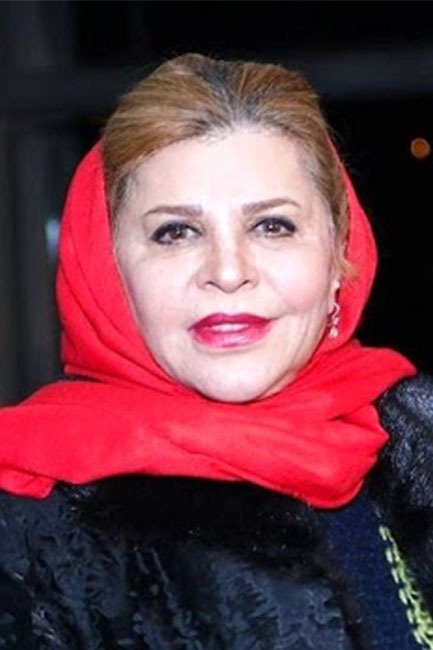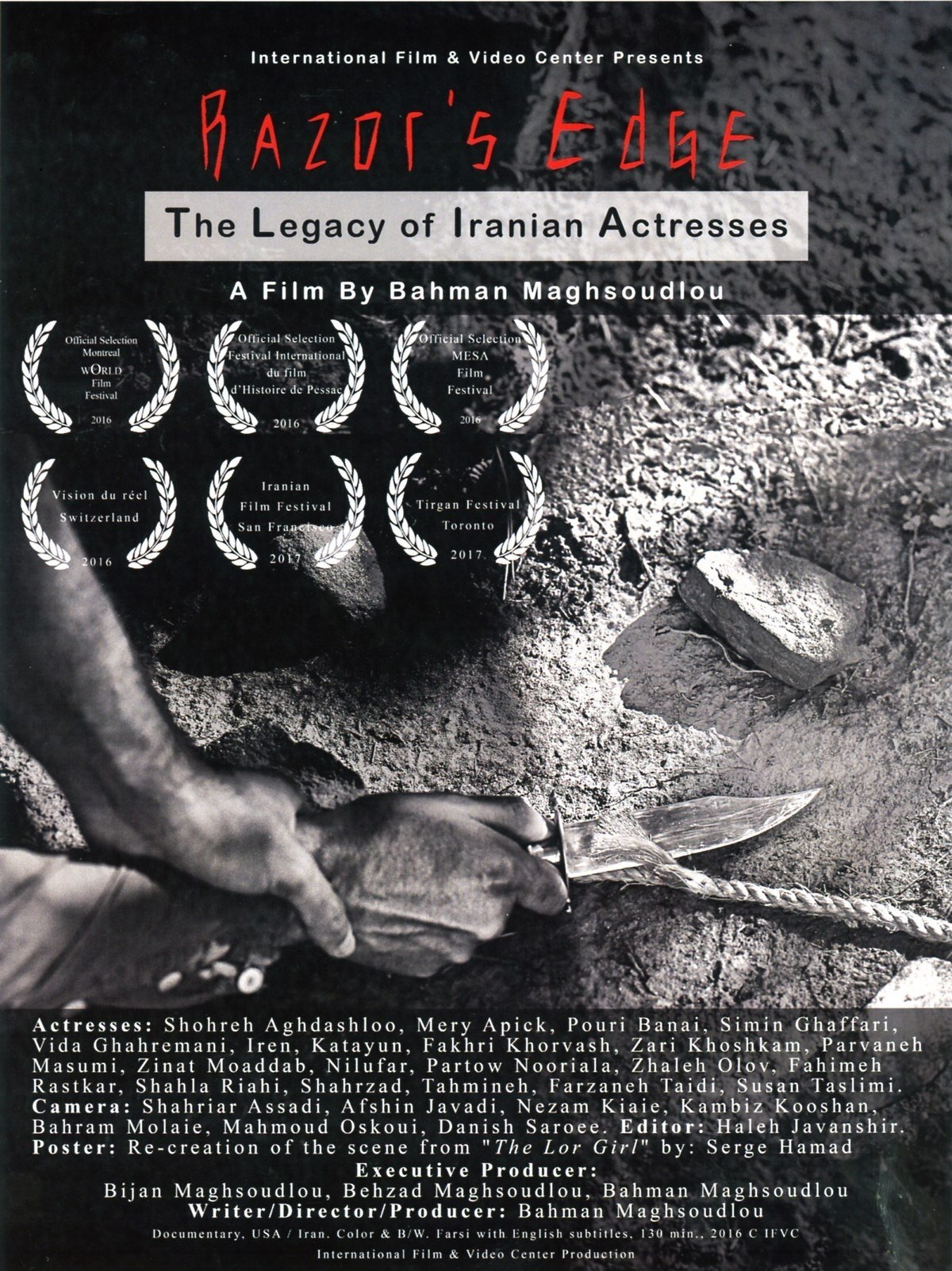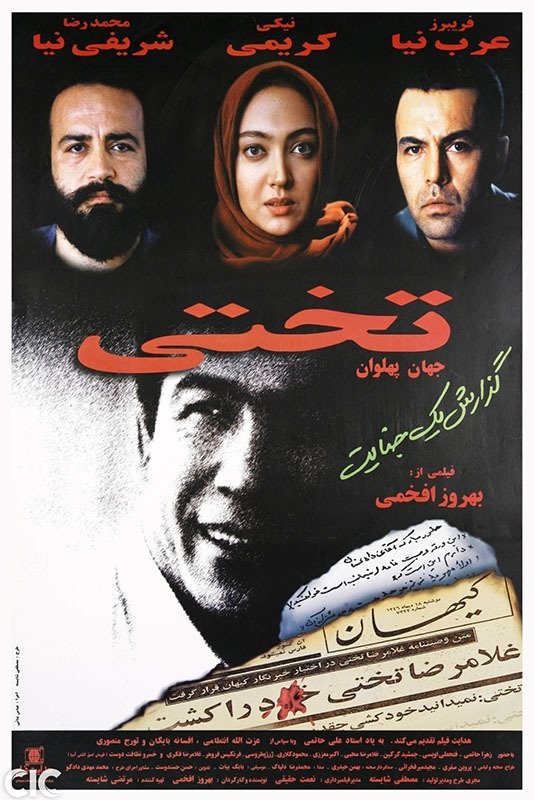

The story of a fighter girl who, on the eve of the national taekwondo competition, finds out that she lives with a murderer, and the events after revealing this secret will change her life.

The story of a man who feels that he has not become anything in his life which is affecting all his life.

An examination of the work and lives of actresses in the Iranian film industry prior to the 1979 revolution, featuring myriad interviews and rare film clips.

A woman comes back from Paris to her country after a long time. She meets a man that she hardly knows, but he knows a lot about her life.

The second feature film to be edited using footage from Hatami's miniseries Hezar Dastan.

Ali Hatami's film on the life of Iranian wrestling champion Takhti remains unfinished. Another director is assigned by the I.R. Intelligence Ministry to finish the project. The new director wants to carry out research on the life of the champion, and it would seem that he will have to solve numerous problems before he can finish the job.

Hezar-Dastan was an Iranian epic historical drama television series from 1987, developed and directed by Ali Hatami. Hezar Dastan is considered one of the most important and most influential works of art in the history of Islamic Republic of Iran Broadcasting. The production of the show took almost 8 years, starting in 1979 and ending in 1987, during which Hatami established a large set to represent Tehran in both Qajar dynasty and World War II, retroactively creating Iran's first movie studio and backlot (named Ghazali Cinema Town). The show tells the story of Reza Khoshnevis (also known as Reza Tofangchi), and his life and entanglement with corruption in government, and trying to correct it using not conventional means. The story is split into two section and it features Iran during the turbulent times of the latter days of Qajar Dynasty and during the events of World War II and Anglo-Soviet invasion of Iran.
Zahra Hatami was born as Zahra Khoshkam. She is an actress and costume designer, known for Hezardastan (1988), A Man with Thousand Smile (1971) and Once Upon a Time in Tehran (1999). She was previously married to Ali Hatami.
By browsing this website, you accept our cookies policy.